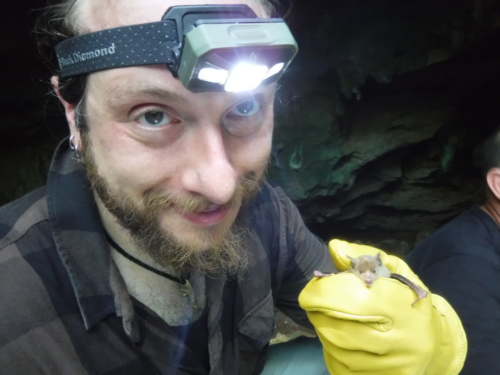Plastics have been around in their current form for decades, and estimates suggest that more than 8 billion metric tons have been created since large-scale production of plastic started in the 1950s. The vast majority of plastic that has been created is still in existence today – resting in landfills or floating around the planet’s waterways as litter. Plastics do not biodegrade, they photodegrade. This means that they don’t readily break down into their constituent materials, they simply break down into smaller and smaller particles.
This aspect of their chemistry is creating cause for concern to many scientists and environmentalists around the globe. Microplastics, or plastic particles that are smaller than 5 millimeters, have been discovered in just about everything they have been sampled for. Studies of fish and cormorants (birds) in the Great Lakes showed high levels of contamination with these particles, and many studies on insects have yielded similar results. A laboratory study in the United Kingdom highlighted the potential for larval mosquitos to transport microplastic particles to adult mosquitos through metamorphosis. Studies of bottled water have shown that there are about 300 plastic particles per liter of water. Plastics have been found in table salt, fish (both farmed and wild caught), and even beer.

Whether this impacts wildlife or human health has not been confirmed, more data is needed to answer that question. Despite the lack of data, a few key points suggest the potential for harm. Plastics in general, if consumed, may block gastrointestinal tracts, lead to a false sense of satiation, or other issues. This is particularly problematic with “macroplastics”, or larger plastic items, that may be linked to whale beaching and other impacts to marine organisms. Microplastic impacts may be more insidious. They might also block digestive tracts in smaller organisms, and they may be introducing toxins and bacteria into organisms that accidentally consume them. Plastics are manufactured using a variety of chemicals, including flame retardants, plasticizers, and stabilizers. These chemicals are toxic, and any organism ingesting a microplastic pellet is also ingesting the toxin. Plastics are also hydrophobic, and in an aqueous environment adsorb environmental toxins in waterways – substances like PCBs, pesticides, herbicides, and other chemicals get locked into the plastic particle and transported. As with the inherent chemicals found in the plastics themselves, any organism ingesting these particles is also ingesting these toxins. Finally, novel microbial communities are found on microplastics in aqueous environments, which aren’t very well studied and the potential for negative or positive impact has not been assessed.

Townsend’s big-eared bat, (Corynorhinus townsendii). Photo by Merlin Tuttle
Because this issue has been increasingly recognized as globally significant, the Roger Tory Peterson Institute of Natural History began an initiative this year to investigate the potential for transference of plastics through food webs and the potential impacts of microplastic contamination in bats, insects, and birds – three large groups of organisms that have been in decline worldwide for decades. Bats, as flying organisms, may be exposed to this pollution through ingesting it in their drinking water (such as the Great Lakes), or consuming insects that are contaminated with this pollution from their larval forms or the insect’s food and water. Birds may be exposed to this pollution in similar pathways. Bats are critically important to natural ecosystems, human health, and human economies. Despite their importance, no one has taken a look at whether or not bats are being exposed to microplastics. Insects and birds are equally as important, and while some studies have been conducted on how plastics are impacting them not nearly enough research has been done.
RTPI is proud to partner with a number of local individuals, groups and organizations, as well as academic universities, to get this research started. As RTPI’s new Conservation Biologist, I am spearheading the initiative, which is also the basis for my doctoral research. This is an exciting new program, as it will provide data to answer some pressing questions on plastic pollution while working to fill in the gaps in natural history information on bats, insects and birds. The data collected will bring more awareness to the issue, as well as improving conservation efforts so that the projects are more efficient and impactful. The project has a heavy citizen scientist component (our Project Wild America Youth Ambassador program was instrumental in the first steps of the research this past summer), and we are encouraging anyone interested in helping to reach out. I can be reached at jtownsend@rtpi.org, please feel free to contact me with any questions, comments, or offers to help!













